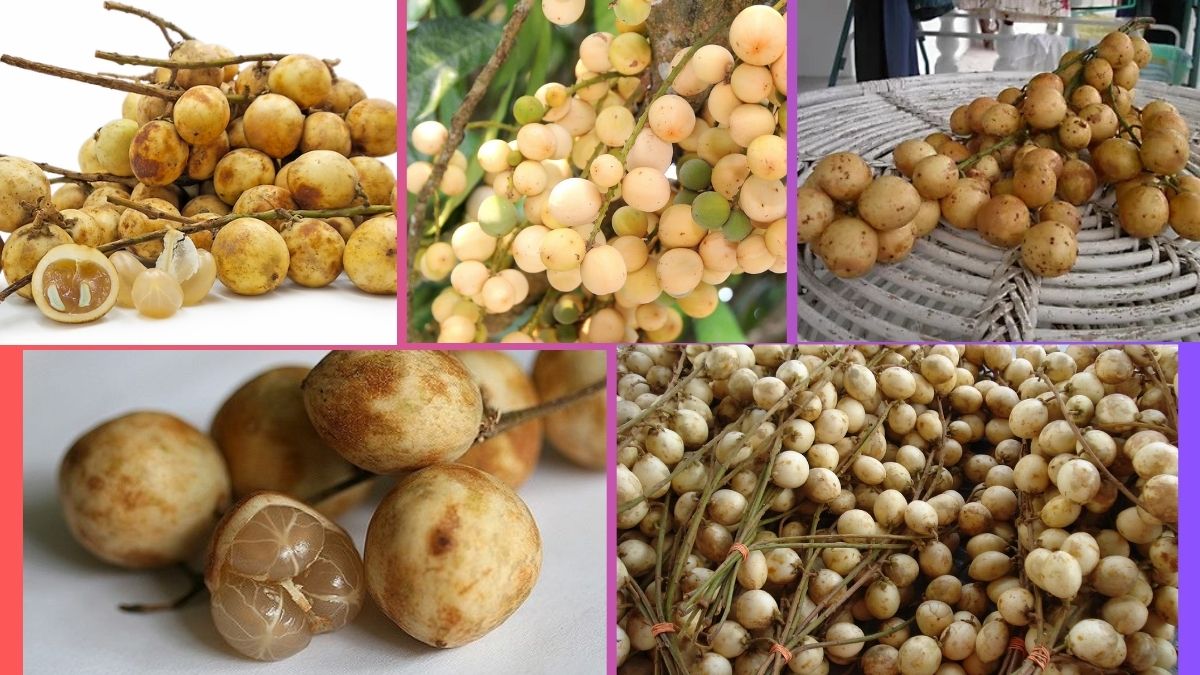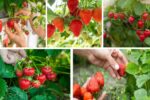The tropical regions of Southeast Asia are home to a wealth of unique and culturally significant fruit species, one of which is Rambai (Baccaurea motleyana). Rambai is a lesser-known but cherished fruit in local cuisines and traditional medicine, especially in countries like Malaysia, Indonesia, and Thailand. Although it hasn’t reached the commercial popularity of tropical staples like mango or durian, it plays an important role in regional food heritage and rural economies.
This article aims to identify the country that leads the world in Rambai production, exploring its agricultural practices, cultural importance, and the socioeconomic value associated with the crop. Based on cultivation patterns, market presence, and agricultural research, it is clear that Malaysia is the largest producer of Rambai globally.
What is Rambai?
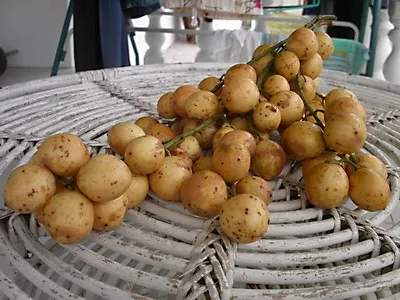
Rambai is a fruit-bearing tree belonging to the Phyllanthaceae family, scientifically classified as Baccaurea motleyana. Native to the lowland tropical rainforests of Southeast Asia, the tree grows up to 20 meters tall and bears clusters of small, round or oval fruits that hang directly from its trunk and large branches — a botanical feature known as cauliflory.
- Fruit appearance: Yellowish, pink, or pale brown skin with translucent white pulp.
- Flavor profile: Sweet-tart taste, comparable to langsat or longan.
- Culinary uses: Consumed fresh, used in jams, pickles, syrups, and even fermented into wines.
- Medicinal uses: Traditional remedies for fever, stomach ailments, and postpartum recovery.
Global Distribution of Rambai
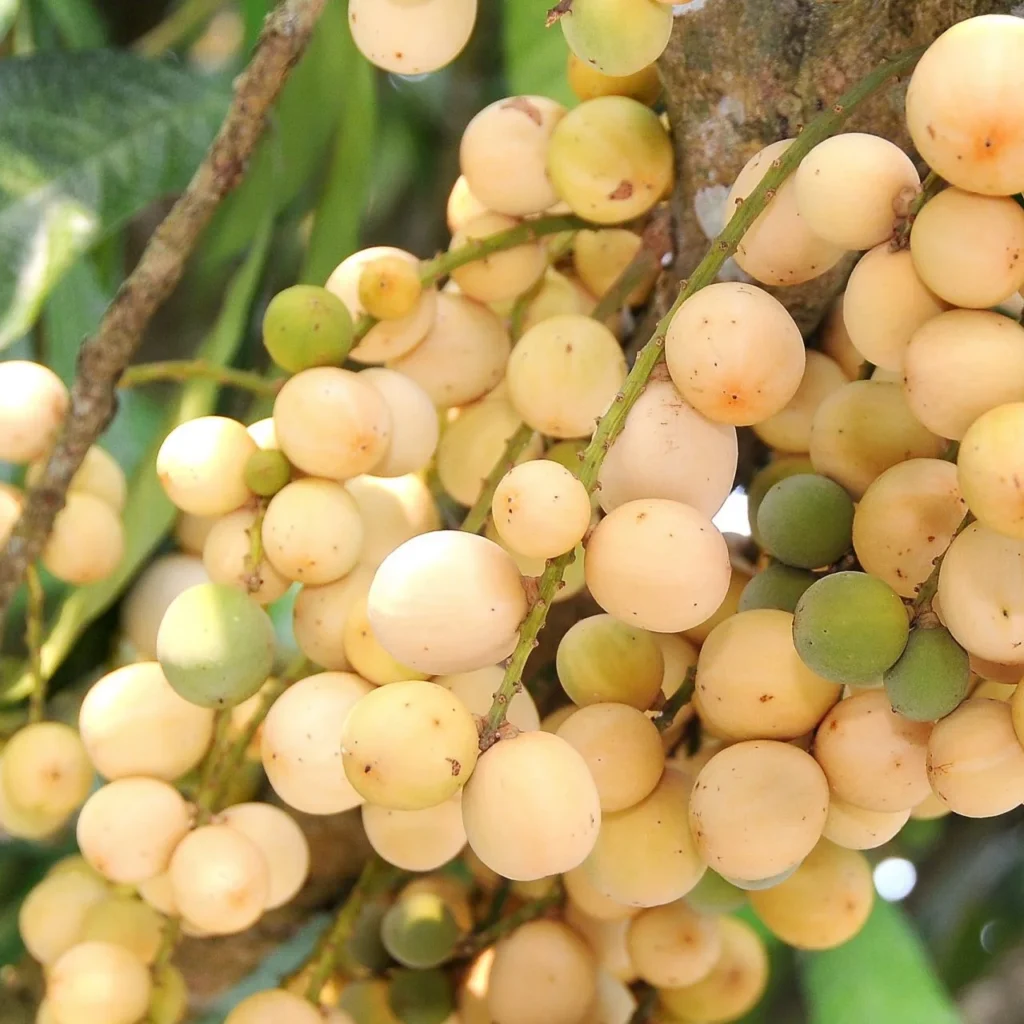
Although rambai is native to Southeast Asia, it grows across a number of countries in small-scale or home-garden settings. Major regions of cultivation include:
- Malaysia
- Indonesia (Sumatra, Kalimantan, Java)
- Thailand
- The Philippines
- Bangladesh and parts of India (West Bengal and Assam)
- Sri Lanka and Myanmar
In most of these areas, rambai is grown in backyard gardens, mixed agroforestry systems, and village orchards, with limited formal commercial plantations.
Why Malaysia Leads Global Rambai Production
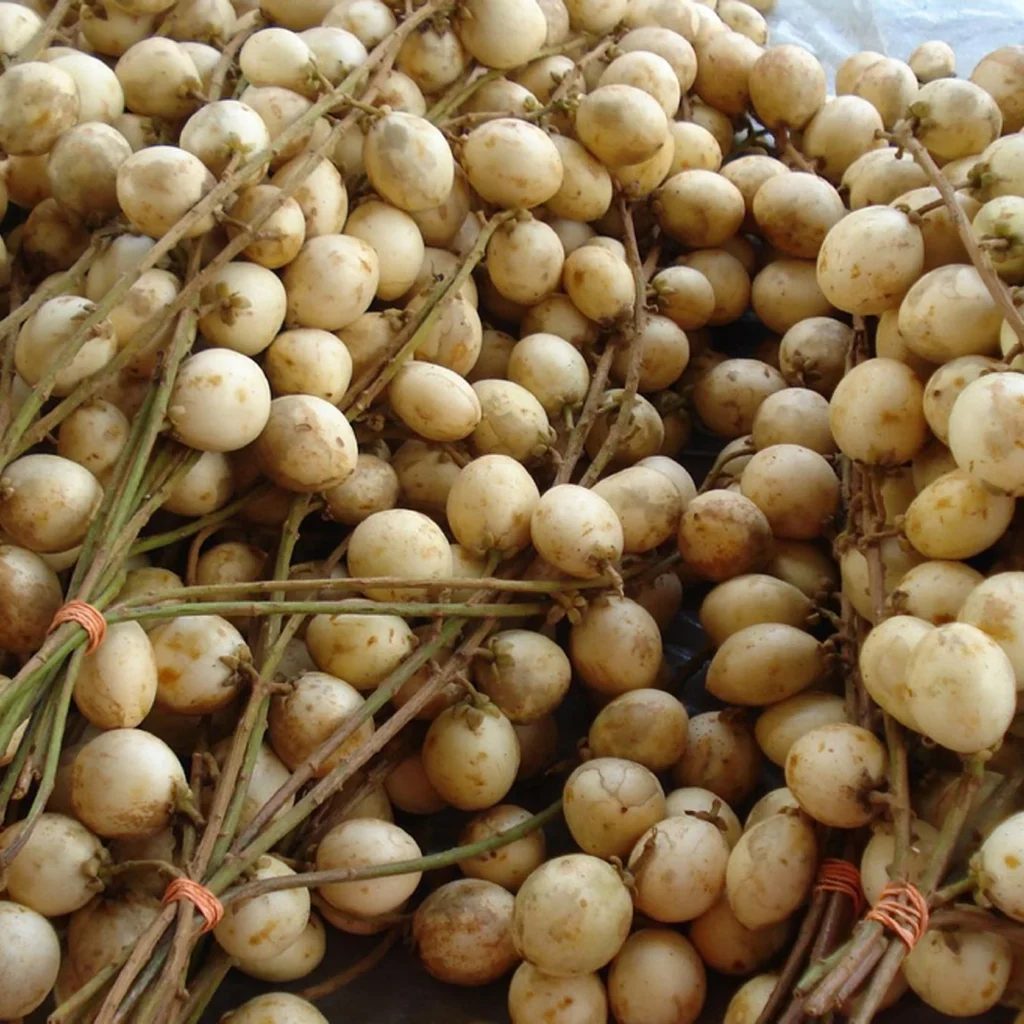
After analyzing available agricultural reports, local market trends, and cultural practices, it’s evident that Malaysia stands as the largest rambai producer globally. Several factors explain this leadership:
Native Habitat and Ideal Growing Conditions
Malaysia lies within the natural distribution range of rambai and offers perfect growing conditions:
- Tropical climate with high humidity and consistent rainfall (2,000–3,000 mm annually)
- Fertile, well-drained soils
- Elevations below 700 meters where rambai thrives best
These natural advantages have allowed rambai to flourish in both cultivated areas and the wild.
Cultural and Culinary Importance
Rambai holds significant cultural and culinary value in Malaysia:
- Consumed fresh at rural markets, especially in Pahang, Kedah, Perak, and Selangor
- Used in traditional dishes like ‘Masak Lemak Rambai’, a coconut-based curry
- Processed into jams, fermented beverages, and pickled delicacies
Unlike neighboring countries where rambai remains a minor crop, Malaysia’s consistent demand has encouraged its wider propagation.
Higher Domestic Supply and Market Integration
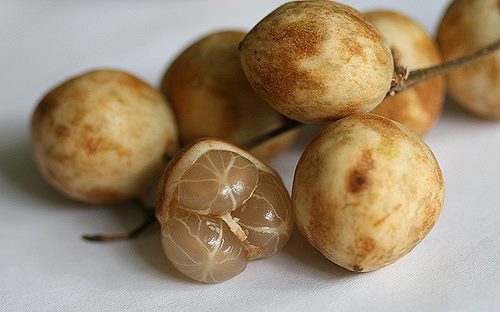
According to data from Malaysian tropical fruit farms and reports from the Department of Agriculture Malaysia, rambai is:
- A common fruit in rural markets during its peak season (June–August)
- Grown in home gardens, small orchards, and commercial mixed-fruit farms
- Occasionally exported in small quantities to Singapore and Brunei
This makes Malaysia’s rambai supply chain more organized and accessible than those of other producing countries.
Research and Agronomic Interest
Several Malaysian agricultural universities and institutions, like Universiti Putra Malaysia (UPM) and Universiti Kebangsaan Malaysia (UKM), have conducted studies on:
- Rambai’s nutritional properties
- Propagation techniques through grafting and seedling
- Its potential in agroforestry and reforestation projects
This research support has helped improve rambai cultivation methods and productivity within Malaysia.
Production and Export Comparison
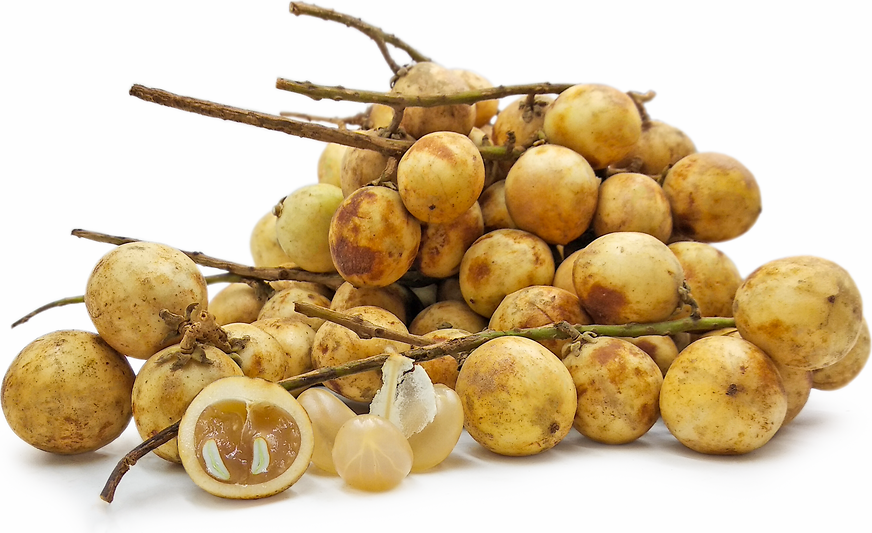
| Country | Cultivation Type | Commercial Production | Market Reach |
|---|---|---|---|
| Malaysia | Home gardens, mixed orchards, rural markets | Largest producer globally | Domestic markets, minimal exports |
| Indonesia | Home gardens, wild forests | Moderate, mostly local | Local markets only |
| Thailand | Backyard trees, occasional gardens | Low | Minimal |
| Philippines, Bangladesh, India | Niche home-growing | Negligible | Domestic household use |
Malaysia surpasses these countries in both the number of cultivated trees and the organized presence in markets.
Nutritional and Medicinal Value of Rambai
Nutritional studies indicate that rambai fruits are:
- Rich in vitamin C, antioxidants, and dietary fiber
- Contain minerals such as potassium, phosphorus, calcium, and iron
- Used traditionally to treat ailments like diarrhea, fever, and skin irritations
Scientific research has shown rambai’s antioxidant and antimicrobial properties, making it a potential source for future nutraceutical products.
Challenges Facing Rambai Cultivation
Despite its cultural importance, rambai faces several obstacles:
- Short shelf life (2–3 days after harvest)
- Limited export potential due to perishability
- Lack of large-scale plantations and modern post-harvest infrastructure
- Minimal international demand outside Southeast Asian communities
Addressing these issues through improved storage, packaging, and product diversification (like jams, juices, and dried rambai snacks) could help enhance its commercial prospects.
Future Prospects and Opportunities
There’s growing interest in underutilized tropical fruits for biodiversity conservation, agro-tourism, and specialty markets. Malaysia’s stronghold in rambai production gives it a strategic advantage to:
- Develop rambai-based processed products for regional and international niche markets
- Position rambai as part of eco-tourism and agroforestry initiatives
- Explore its use in pharmaceutical and nutraceutical industries for antioxidant-rich supplements
With improved value-chain development, rambai could evolve from a rural delicacy to a commercial specialty product.
Conclusion
In summary, while rambai is cultivated across several Southeast Asian nations, Malaysia stands as the largest producer globally. Its ideal growing conditions, cultural significance, higher domestic market presence, and active agronomic research programs firmly establish it as the leader in rambai production.
Though commercial cultivation remains limited, Malaysia’s deep-rooted relationship with this unique fruit positions it to expand its potential both domestically and regionally. As demand grows for rare, nutritious, and heritage tropical fruits, rambai is poised to earn its rightful place in the broader agricultural economy — with Malaysia leading the way.
